Would you want an electronic tattoo that could read your mind?
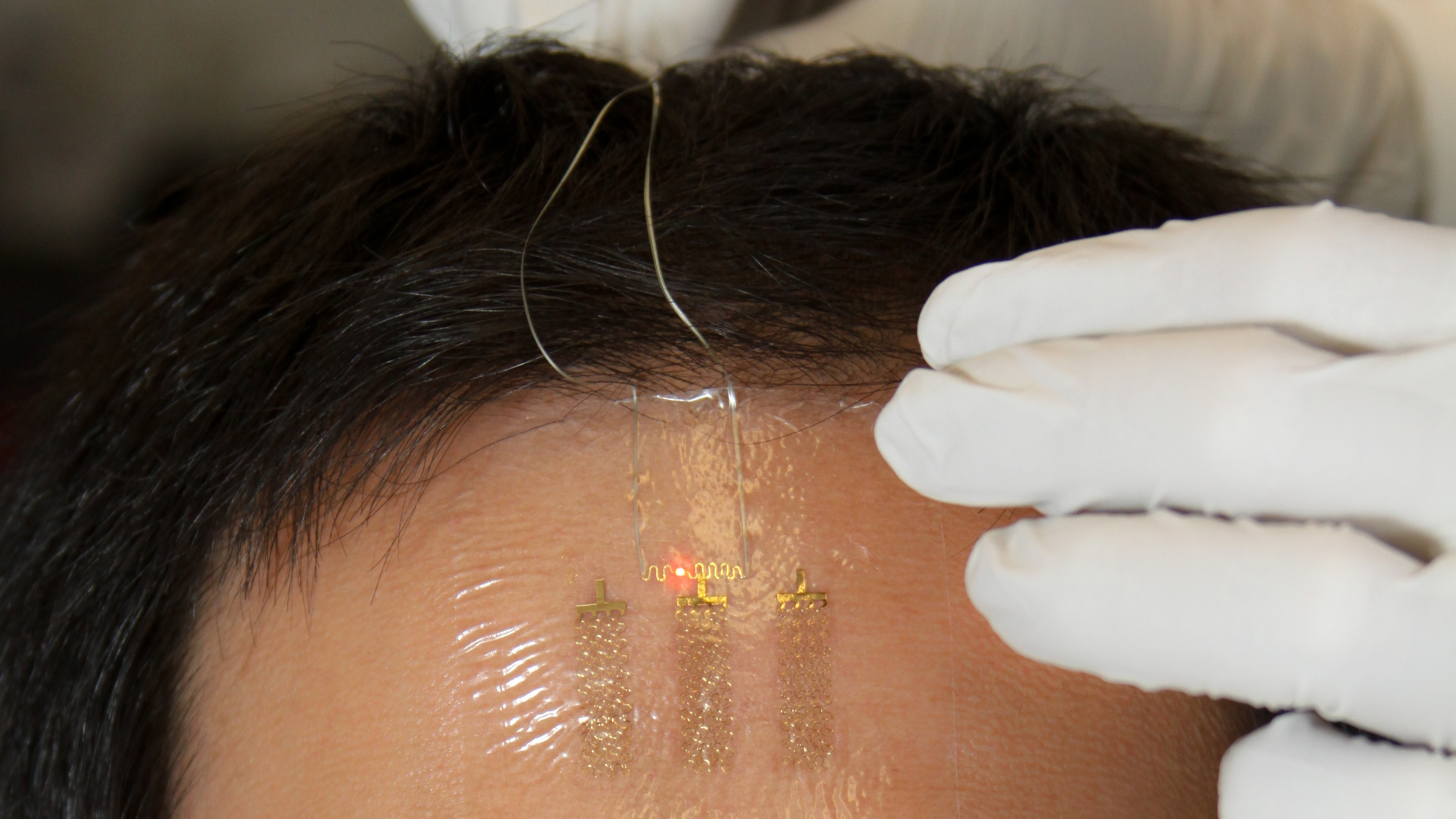
There's a time in most of our lives when we surrender to an overwhelming need to be part of the zeitgeist and get a painful, nondescript, instantly regrettable tattoo. There's also a subsequent time when you have three fifths of a second to lie to your mum about what that 'Māori looking smudge' is on the back of your neck.
Now, thanks to researchers at the University of California, you'll have the completely believable response of 'it's a brain-reading, wireless, electronic temporary tattoo'.
You can direct your thanks to Associate Professor of Bioengineering at the University of California, Todd Coleman, the brain-reading genius behind this project.
Coined as a 'Brain Machine Interface', or BMI, the wireless, tattoo-like device has the ability to perform the functions of a normal brain implant, typically used to map brain signals, but it also has further, more exploratory possibilities of remote machine control and even telepathy.
So, assuming your mum is wearing one too, you'll be able to preempt any impending questions about other, ill-thought-out, tramp stamps.

In recent years, rapid progression in brain implant research has allowed scientists to explore the notion of controlling machines with thoughts - and the results are astonishing.
For example, this uplifting video from the team behind Brain Gate - a small chip that's inserted into the brain that allows users to control computers and robotic limbs with their thoughts - shows the level of technological progression in this field and where we could be in 20 years' time.
Sign up for breaking news, reviews, opinion, top tech deals, and more.
However, as you can see from the Brain Gate video, brain implants are usually invasive and dangerous procedures that can be fatal if administered incorrectly.
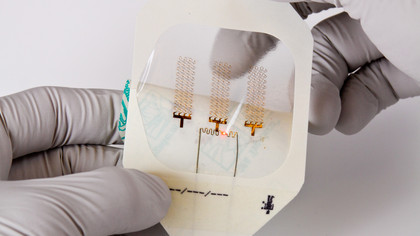
Professor Coleman has developed a new technology to circumvent the danger of invasive brain implants by inventing a miniscule stick-on device that can read your brain signals and transmit them to a nearby computer wirelessly.
The barely visible BMIs consist of circuitry and register at less than 100 microns thick, which is thinner than a human hair. They are made from a rubber like translucent substance that can be molded to any shape and stuck to the forehead.
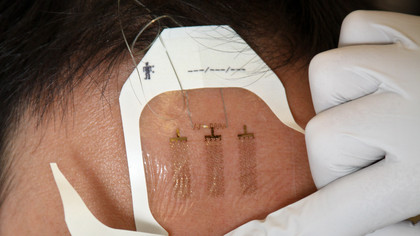
The BMIs work by reading electrical signals that are associated with brainwaves. They can also be upgraded to provide more in-depth analysis by including thermal sensors to monitor skin temperature and light detectors to analyse blood oxygen levels.
The device is powered by micro solar panels and uses antennae to wirelessly transmit or receive data.
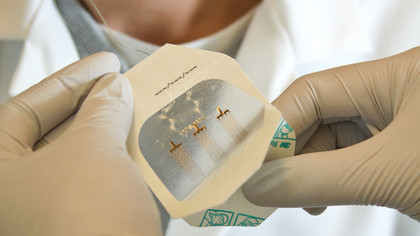
In terms of immediate real-world application, Professor Coleman wants to use the device on premature babies to monitor their mental state and detect the onset of seizures that can lead to brain development problems such as epilepsy.
The BMI is currently being commercialised and prepared for shipping to hospitals and other research labs across the globe.
Achievement unlocked: Telepathy
Outside of sensible applications such as monitoring premature babies, the BMI has more tantalising mad scientist-esq potential applications such as robot control, telepathy and even telekinesis.
Professor Coleman and his team have been experimenting with electrodes to fly unmanned aircraft over fields in the US and he's currently working on scaling down that technology to fit into the BMI.
Although the use of thought to control robots isn't new - as demonstrated in the Brain Gate video earlier - the idea that it can be done with such ease presents new and exciting opportunities.
The BMI's ease of application (slapping it on someone's forehead) and mobility means that any device in your home or work with a wireless receiver could be controlled with a simple thought.
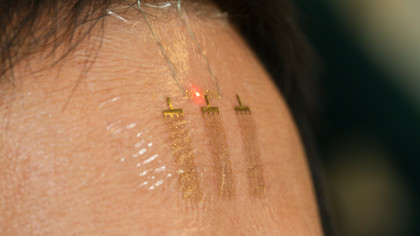
Imagine walking into your home and every electronic device adapting to your current mood or preference. You could set the heating to the appropriate level, you've already turned the oven on before you got to the door and you've switched on soothing anti-work jazz music to ease you into the evening, all without lifting a finger.
Another area Professor Coleman is focusing on is the idea that the BMI could read signals that are emitted from other parts of the body, which are then transmitted and interpreted by another, similar device.
Take speech, for example. There is a phenomenon known as subvocalisation, which is essentially communication before it is vocalised. When we read a word or sentence we internally hear the sound each word makes, which helps us understand and process the information we're taking in.
This is a completely natural process and it helps to reduce cognitive load. Most people will be unaware that they're doing it but as they read sentences or prepare to speak, their throat muscles actually move even if nothing is actually said.
Professor Coleman believes that his BMI device can be attached to a person's throat to read subvocalised speech, transmit the muscle movements to another device – for example, a smartphone - and translate the thoughts into words, wirelessly.
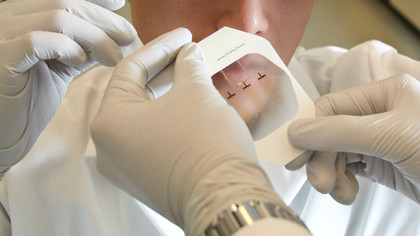
It's truly fascinating stuff and the potential applications are endless. It could change lives for people who are unable to communicate vocally and relieve the stress of having to learn an alternative form of communication.
A more radical, science fiction-type use would be to have person-to-person conversations with just thoughts - although society would probably have to develop a new type of thought etiquette and your dirty, darkest twisted fantasies would have to be saved for a special 'sub-conscious hour' that you have alone every evening.
Police would arrest you for thinking about throwing a Twix wrapper on the floor and you'll always know the truth when your girlfriend says she's 'fine', when she's not fine at all. All because of a temporary tattoo.